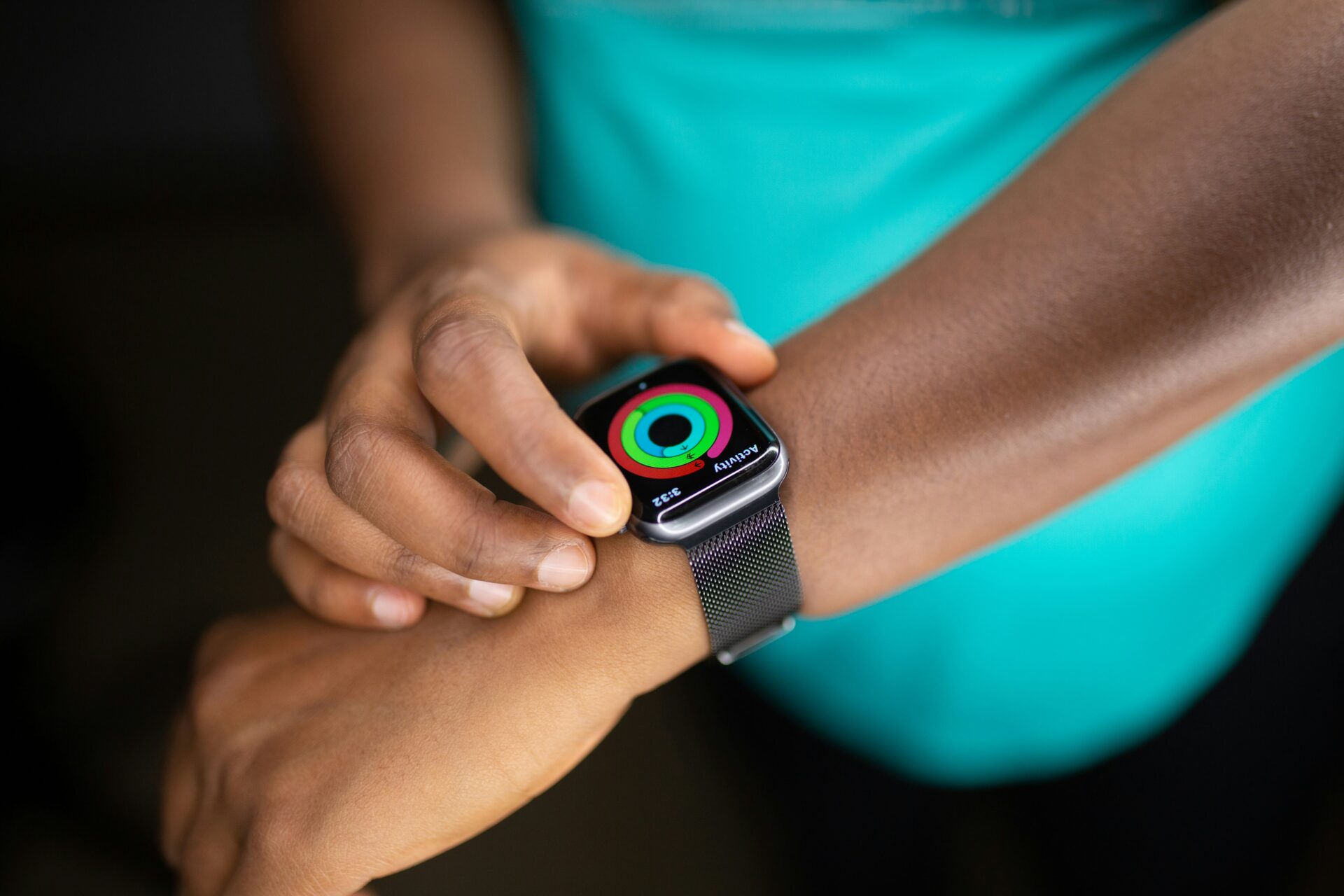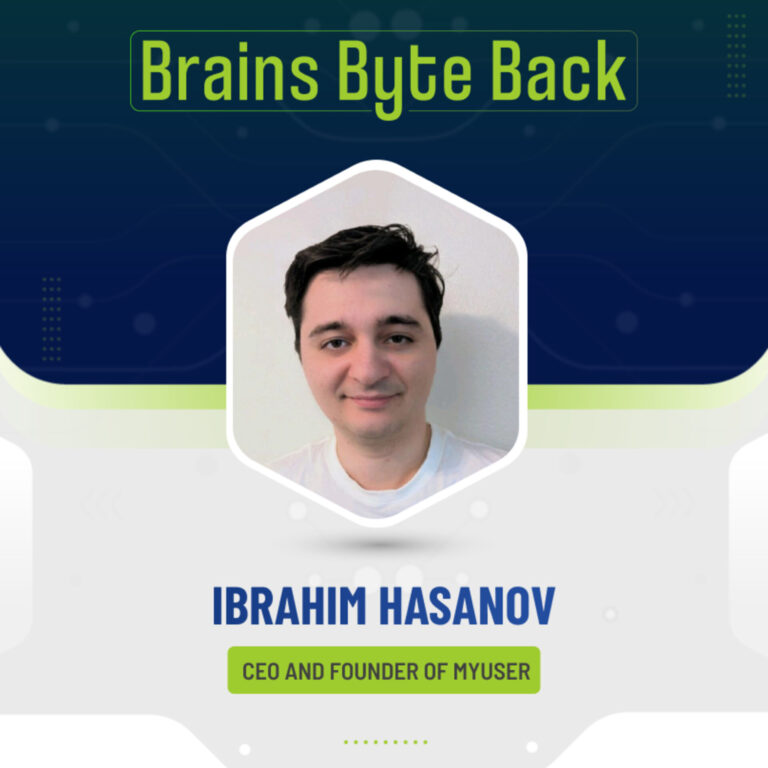The home health market is expected to reach $247 billion, but is it catering to its largest market, seniors?
By 2030, 1 in 5 Americans will be over 65 and at higher risk of chronic health conditions that require home attention and prescription reminders, yet telehealth usage barriers remain.
After testing telehealth across two independent living facilities in North Carolina, it was revealed that difficulty using technology was the top concern in both instances. Hearing difficulty and language barriers also arose as common themes.
Home health providers specializing in senior care are rethinking how seniors use these platforms, what intuitive interfaces look like, and how to boost care accuracy from home. The push comes as nearly three out of four seniors still prefer in-person visits for one key reason: providing a personal touch. Close behind, 72% say diagnostic confidence and 68% say the thoroughness of a clinic visit makes the trip worthwhile.
Nevertheless, with the rise of biomarkers and wearables integrated with intuitive communications platforms, will the thoroughness of a human visit be challenged by that of its digital counterpart?
Voice and Blood Biomarkers: Clues to Mind and Body Health
Many seniors indicated a struggle navigating lengthy digital questionnaires and a fear of pushing the wrong button before connecting with a physician. Biomarker data gives physicians a snapshot into patients’ health statuses, with minimal technology interaction, and can result in quicker, more accurate assessments.
Discovering chronic health conditions and grappling with treatment plans fuel anxiety, and when left untreated, can lead to a more permanent state of despair. Depression accelerates the development of chronic illnesses 32% faster than those without it. However, one in five men and many women aged 50-75 ‘hardly ever or never’ think about their mental wellbeing.
Voice biomarkers are showing promise in helping seniors identify underlying mental health issues from patterns in their speech. Through short voice clips, companies like Kintsugi are able to track patients’ emotional progress and offer cognitive behavioral therapy exercises based on their profiles.
On a more physical level, blood biomarkers indicate patients’ health status, giving insights into cardiovascular, metabolic, hormonal, thyroid, liver, kidney, inflammation, and nutritional health. Founded in 2020, SiPhox has connected medical experts, science, and software to assess over 50 key biomarkers with its at-home blood biomarker test. With every test, users receive a personalized action plan to help improve wellness and long-term health.
Once the results come in, experts sit on the other end reviewing the data and guidance from their proprietary algorithms. The company also welcomes customers to upload unlimited third-party tests and connect their wearable devices, creating a more accurate picture of the individual’s health profile.
Benefits of wearables for seniors
In 2025, the number of smartwatch users worldwide reached around 454.69 million, a 41% increase from last year. Of these consumers, 28.8% were aged between 55 and 64 years.
While the market is still growing, popular wearable features include fall detection, emergency buttons, and GPS tracking that help seniors live as safely as possible. The implementation of Rythmos wearables at Teal Shores, a Volante Senior Living community, saw 80% faster response times to falls and emergencies. According to an industry study reported by McKnight’s Senior Living, “Across assisted living communities and skilled nursing facilities, the annual direct cost of all falls was $380,000 per location.”
Similar wearables are beginning to help assess more intricate healthcare metrics, too. After raising $2 million, ONVY designed a technique to process and interpret biometric and behavioral data from wearables and sensors. It uses this data to monitor activity levels, sleep patterns, nutrition insights, stress markers, and lifestyle habits. The Munich-based pioneer delivers instant feedback on health metrics, enabling real-time behavior adjustments for its users.
Until recently, wearables were not intended for patients suffering from pathologies that systematically reduce peripheral perfusion. However, newly approved by the FDA, Dexcom G7 is a continuous glucose monitoring system for people over the age of 18 who have diabetes. With a small wearable that sticks to the patient’s arm, the device monitors glucose levels and shares how activity, food, and medications impact patients’ glucose in real time. The Urgent Low Soon alert can also warn them up to 20 minutes before they go low, so they can take action.

Grandma- and Grandpa-friendly health screens
Biomarkers and wearables remove much of the guesswork from symptom descriptions and long questionnaires. They allow healthcare providers to gain a clearer, more objective view of a patient’s health. However, they don’t replace the need for a meaningful connection between doctor and patient. Patients still need to understand what their health data means, what steps they need to take, and when to take them. That requires regular touchpoints.
QuickBlox works with healthcare providers to connect data within the healthcare system. As one of the first healthcare communication platforms to receive a HIPAA-compliant BAA with OpenAI, the company is trusted to offer conversational AI assistance on treatment plans, automated patient-to-medical practitioner matching, and call summaries.
Every feature, whether it’s “contact a practitioner,” “see test results,” or “help understanding my treatment plan,” is accessible on the home screen. Adjustments for different cognitive and physical impairments, such as voice activation and large fonts, are also available.
They recently worked with Theos Health to develop Sideline Ortho, an app that offers AI-assisted injury triage, patient intake, and real-time chatbot support. Their proprietary APIs and SDKs enable providers to integrate their own user-friendly virtual waiting rooms and AI-enhanced user interface kits so that healthcare providers can offer cohesive, intuitive virtual care.
As technology such as biomarkers and wearables evolves, reducing the need for inpatient tests, the communication channels used must evolve with them to ensure usability for their market. Digital health platforms must offer intuitive interfaces that support clear communication, deliver timely medication reminders, simplify appointment scheduling, and integrate all health data in one place. Seniors shouldn’t have to juggle multiple apps or devices—they need one system that speaks their language and supports them seamlessly throughout their care journey.
About the author:
Emily has a BA (Hons) in Marketing, Design, and Communications and three years of experience consulting clients in the healthtech, cybersecurity, and logistics space.












